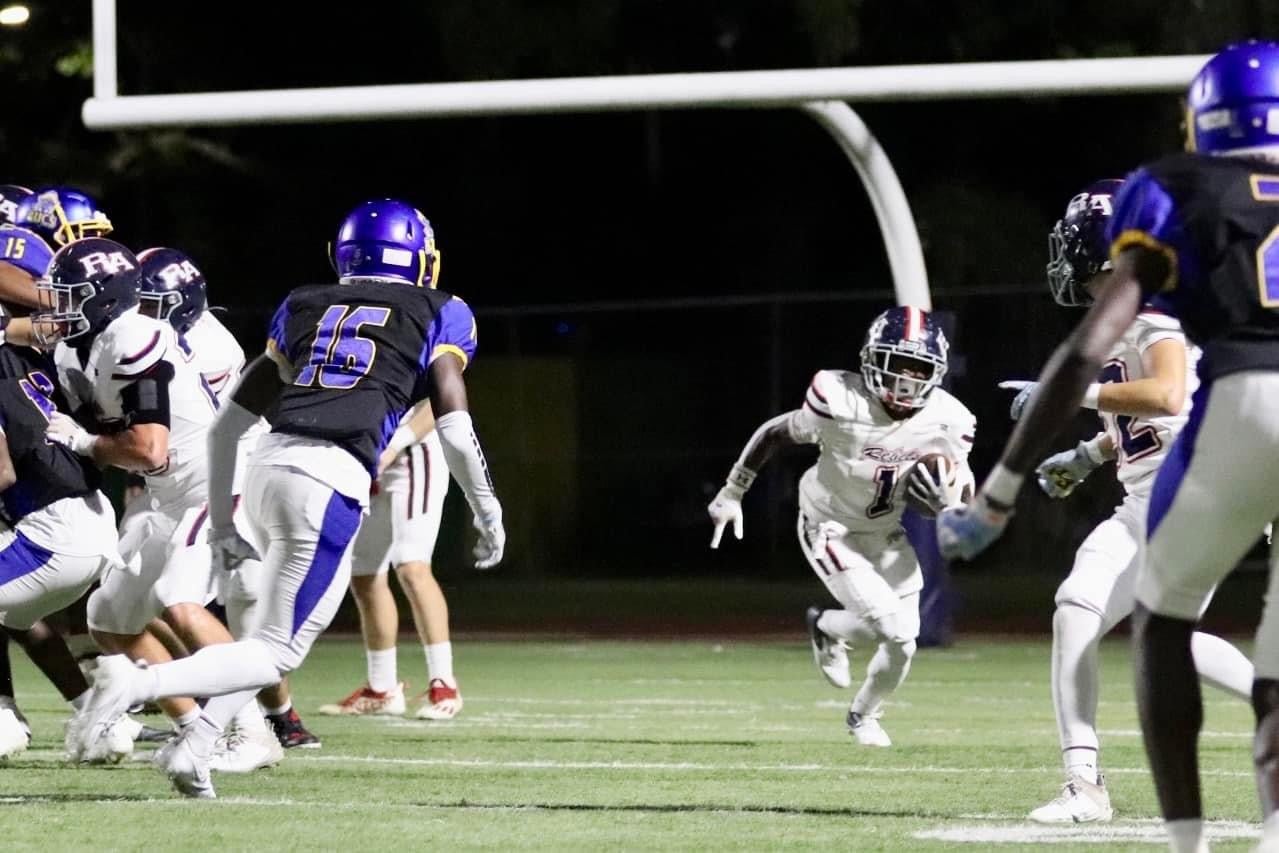Outdoor News
Published 12:00 am Saturday, May 18, 2002
AgCenter patents fish vaccine
The LSU AgCenter recently patented a vaccine that could be a boost to coastal fish farming in Louisiana.
Officials said the vaccine could be the shot in the arm needed for the hybrid striped bass industry to return to the Louisiana coast. The vaccine can control a disease that earlier put the brakes on raising the fish in coastal waters.
Dr. Ron Thune of the LSU AgCenter’s Department of Veterinary Science developed the vaccine that immunizes the fish against photobacteriosis, a disease that all but wiped out the fledgling hybrid striped bass industry on the coast.
The disease is caused by a marine bacterium that lives in brackish or salt water but does not affect striped bass grown in fresh water, Thune said.
Farmers in Louisiana and surrounding states began raising hybrid striped bass in ponds in the 1980s. Because the fish can live in both fresh water and salt water, by 1990 hybrid striped bass spread to the coastal marshes where fish were raised in cages and raceways.
The hybrid fish are a cross between striped bass, which are saltwater fish that travel up rivers to spawn in fresh water, and freshwater white bass. The hybrids can be raised both in freshwater ponds and in brackish water along the coast, Thune said.
“Raising them on the coast did well until the disease arrived,” Thune said, adding that hybrid striped bass grow fast and are more profitable than catfish. “It’s extremely amenable to farm culture.”
With the new vaccine, hybrid striped bass again could be important in coastal development and economic development, Thune said.
A vaccine introduces a bacterium at a low concentration and gives healthy animals immunity from a disease after a minor infection. The vaccine that received a U.S. patent for the LSU AgCenter is derived from live bacteria in a form that will not allow the disease to persist.
Using genetic engineering, LSU AgCenter scientists modified bacteria cells, “knocking out a growth gene in the bacterium,” Thune said. “When it’s introduced into the fish, the bacterium can’t grow, but it stimulates immunity in the fish, so they can fight off infection later.”
Thune explained vaccinating the fish would be a relatively easy task, since nursery-raised fish are raised in two ponds.
When the fingerlings are moved from one pond to another, they’re placed in a “salt dip” to kill any disease-causing pathogens. “This would be an ideal time to vaccinate,” Thune said, pointing out that the vaccine essentially injects itself.
The modified bacteria and fish are both put into the water, and the bacteria invade the fish. But because the modified bacteria cannot grow, they merely cause the fish to become sick enough to develop an immune response. Then, when the bacteria die, the fish are uninfected but immune.
Later, when such fingerlings were ready to be transferred to the coast, they would be held in salt water temporarily to acclimate them. “This would be another chance for a booster vaccination,” Thune said.
The photobacterium also has been identified in the Chesapeake Bay and southern Gulf Coast in the United States, as well as in other parts of the world. So Thune said, for example, the vaccine could be used to combat infections in sea bass in the Mediterranean Sea and in yellow fin in Japan.
“The vaccine now has to go through licensing and commercialization through a commercial company,” Thune said, and it will eventually have to get additional federal approval before it can be used in the United States.
But when it is approved, the vaccine could revitalize fish farming on the Louisiana Gulf Coast and in other areas of the United States and the world, the LSU AgCenter scientist stressed.





